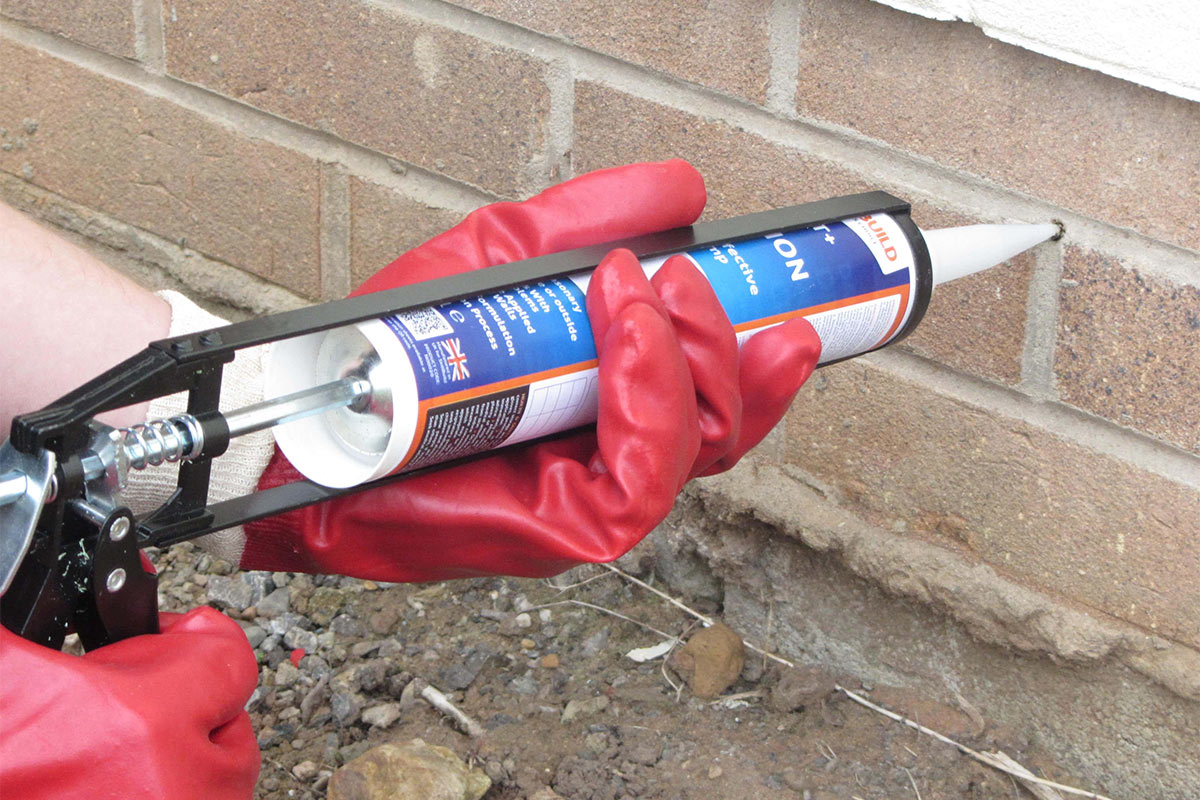
Save your Home with Effective Damp Proofing
What are the damages caused by damp? The answers to this pertinent question can help you decipher the need of effective water proofing for your commercial and residential properties alike. Typically, damp refers to the presence of humid conditions and moisture in your property’s structure. Caused by condensation, rain water or inadequate drainage, damp appears in walls, roofs and floors of the rooms exposed to moisture. In UK, because of the high intensity of rain water, damp happens to be a frequent problem that affects homes, offices and commercial establishments. Sometimes, this grave maintenance issue can be caused due to poor property maintenance in context to doors, windows floors, and pipe-work. Damp can also be caused by issues ranging from degradation interiors and colder temperatures, thereby leading to risks of mould and aggravated respiratory problems.
Minimising condensation
Condensation is one of the main causes of damp that can be partially managed by using some helpful tips such as these.
- Producing reduced moisture levels at home: You will always find a specific degree of moisture in the atmosphere of your environment. Adding to this level will only increase the woes caused by damp. While you consider hiring the services of a damp proofing company, you may want to consider drying your clothes outdoors, keeping your windows open while having a warm water bath, or using a ventilator while cooking.
- Provision of adequate ventilation: The natural moisture that enters any room can be controlled by allowing the closed walls to breathe. You may like to keep a window ajar to allow the entry of fresh air, increase the space that lies between the furniture and their respective walls, or invest in a humidifier to take away moisture from within your property.
- Insulation, heating and draught-proofing of homes: Keeping your home warm during the rainy and cold months reduce the likelihood of condensation, thus impacting the results of your damp proofing efforts positively. You may want to install draught-proofing and insulation measures undertaken for walls, lofts and windows to keep the premises warmer for a longer period of time.
Signs of dampening
When attempting to figure out the signs of damping, do look out for:
- Paint or wallpaper that may be peeling away from roofs and walls.
- The presence of decayed or destroyed skirting boards.
- Discolouration or crumbling of plaster.
- Decayed and worn out timber floors.
Experts at a reputed damp proofing Durham company would help you spot other obvious symptoms of damping, and the need for damp proofing, with the help of specialist inspection. Do get in touch with one such company if your property is suffering from damp problems or has the history of one.

